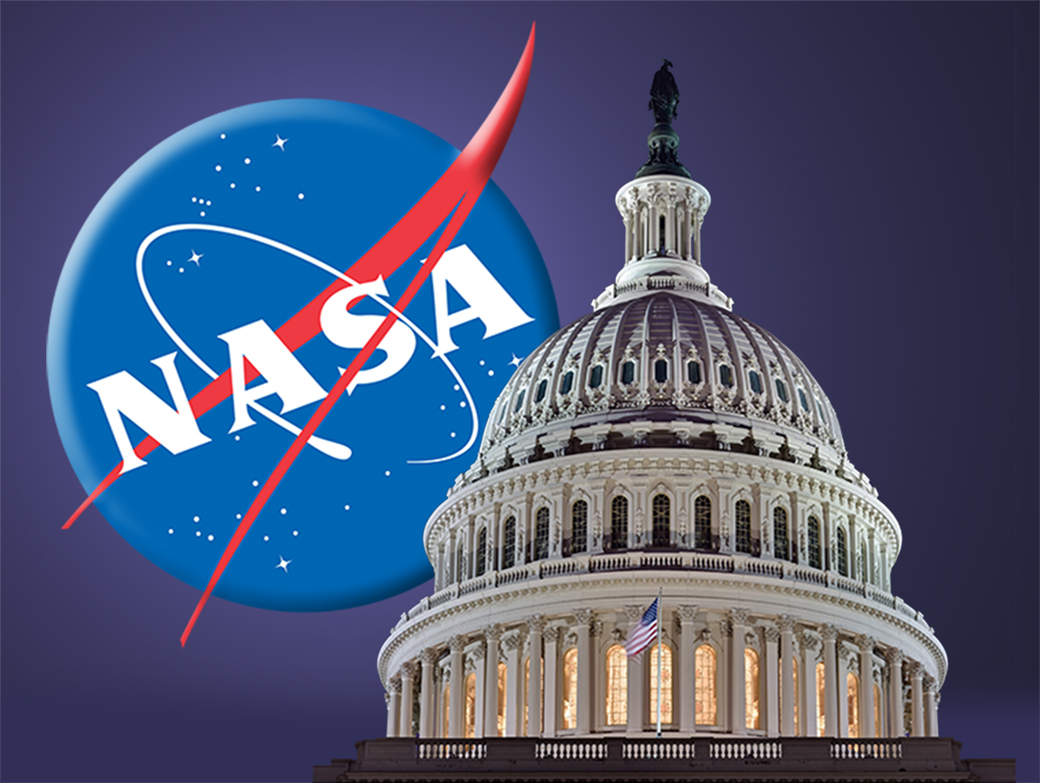TOKYO — A bipartisan NASA bill would formally authorize several ongoing programs and direct the agency to provide reports on topics ranging from the use of the Space Launch System to maintenance of the Hubble Space Telescope.
The House Committee on Science leadership released the NASA Reauthorization Act of 2024 on July 9, one day before the full committee will formally review the bill and send it to the full House.
The bill would formally authorize $25.225 billion in funding for NASA in fiscal year 2025, an amount between the administration’s request of $25.384 billion and the $25.179 billion included in a bill approved July 9 by the House Appropriations Committee. The bill’s main goal, however, is to address a wide range of NASA programs and policies.
“It provides comprehensive support for important advances in human space exploration, prioritizing our ambitious missions to the moon, Mars, and beyond,” Rep. Frank Lucas (R-Okla.), chairman of the full committee, said in a statement. “The bill also addresses near-term priorities, including the critical operations of the International Space Station and the continued development of scientific research and innovative technology.”
Lucas is introducing the bill with the committee’s ranking member, Rep. Zoe Lofgren (D-Calif.), along with the chair and ranking member of the space subcommittee, Reps. Brian Babin (R-Texas) and Eric Sorensen (D-Ill.), which will likely ease its passage. That contrasts with a commercial space policy bill that the committee approved along party lines in November. That bill still needs to be heard by the full House.
The NASA act would formally authorize several NASA activities that the agency is already conducting. They include the development of new spacesuits for the International Space Station and Artemis missions, an ISS deorbit vehicle, the Commercial Low Earth Orbit Destination Program to support work on commercial space stations, and the Commercial Lunar Payload Services program.
The bill also includes provisions that would require a wide range of reports from NASA or other agencies, such as the Government Accountability Office, on these and other programs. Some examples of those reports include:
- An assessment of non-NASA demand for the SLS;
- Exploring the development of the Human Landing System and possible ‘alternative approaches’ if current efforts face cost and schedule challenges;
- A GAO assessment of NASA’s plans for “continued capacity for human space flight and operations” in low Earth orbit as the ISS transitions to commercial stations;
- A GAO report examining whether NASA’s current cost caps for science missions are appropriate and how NASA has handled missions that exceeded those caps;
- A report from NASA on studies conducted over the past five years on restarting or servicing the Hubble Space Telescope; and
- A joint NASA-NOAA investigation into the commercial procurement of space weather data.
In addition to the reports, the bill signals support for the Chandra X-ray Observatory amid concerns from astronomers that NASA proposals to cut its budget could jeopardize its operations. It directs NASA “not to take any action to reduce or otherwise preclude continued scientific activities of the Chandra X-Ray Telescope prior to the completion and consideration of the next triennial mission extension review for the Astrophysics Division.” That’s a reference to the senior review of extended missions in astrophysics, the most recent of which was conducted by NASA in 2022.
The bill directs NASA to reconsider GeoCarb, an Earth science mission the agency canceled in 2022 after cost overruns and problems finding a commercial geostationary satellite that could house the instrument. Under the bill, NASA would reevaluate the completed GeoCarb instrument and seek possible launch opportunities as part of a broader greenhouse gas monitoring strategy.
